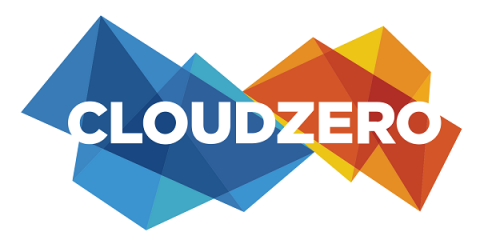AWS Savings Plans
Amazon recently announced the rollout of their new AWS Savings Plans, a new way to reduce your cloud compute costs. These allow you to achieve the discounts associated with their popular Reserved Instances (up to 72% off on-demand pricing) without having to engage in the headache of managing the same. With the new plans, you would commit to a particular hourly spend of your choosing on either a 1 year or 3 year fixed term.








